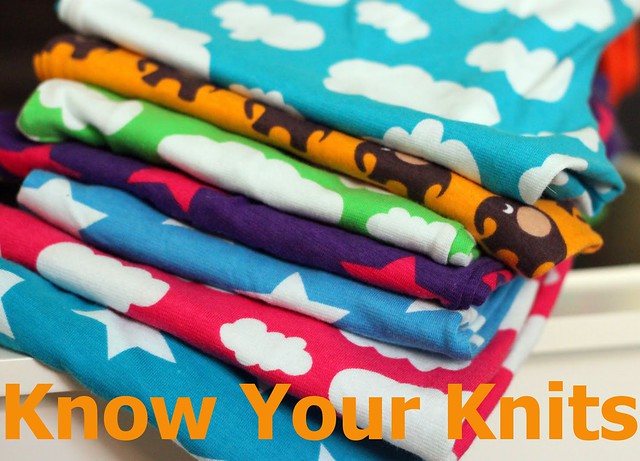
Know Your Knits: Part One
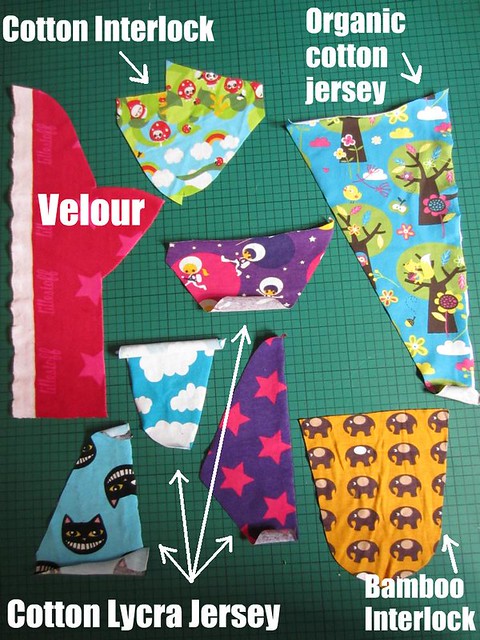
Know Your Knits: Part Two
How to Successfully Combine Different Knits into a Single Garment (by KID, MD)
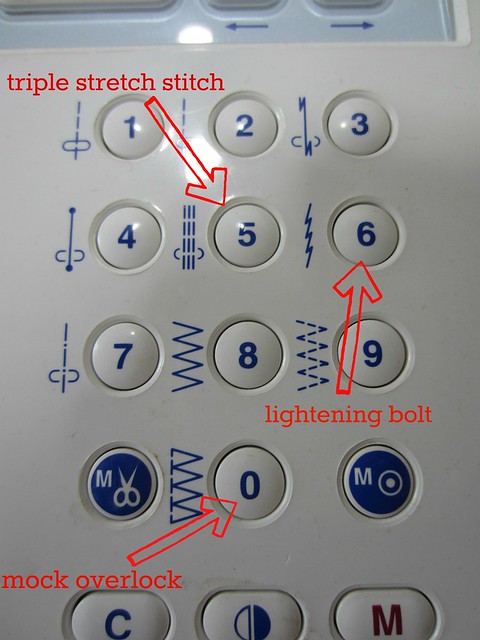
Getting ready to sew with knits

Different Methods of Knit Bindings / Bandings
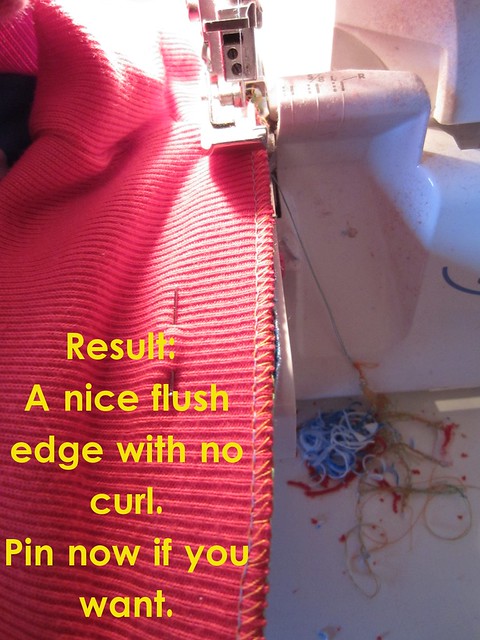
Conquering curling knits: Banding instead of hemming
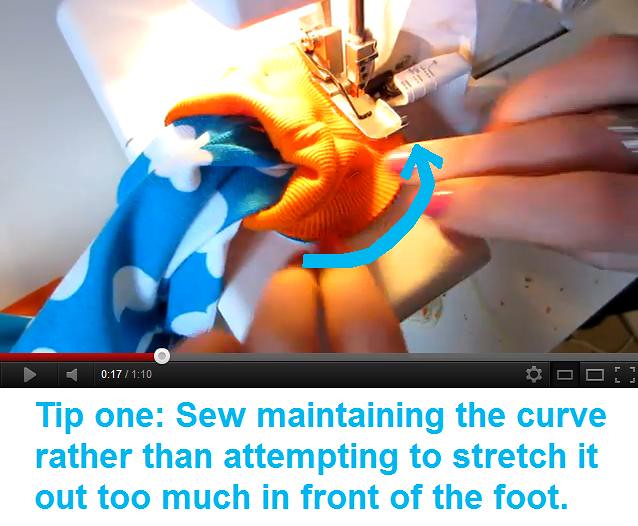
How to Sew a small cuff onto a larger edge (video tute)


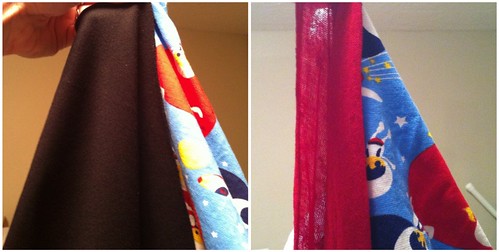
This is such a fantastic resource Amanda!
ReplyDeleteI've come back to your site to see if I can understand more clearly the difference between grain and stretch, because I'm now worried I'm cutting it wrong (Googling it didn't help nor did it make me okay with the "i'll just assume I'm right" option, because all these horror stories of sewers having everything twist on them).
ReplyDeleteSo it should be obvious, but my material that I bought for the Lady Skater dress is poly/spandex and seems to stretch in both directions. Your tips just assume I know which way is grain/stretch and I don't! I've cut the bodice pieces with the fold in the same direction as the edge of the fabric, which seems to make the most sense, but I want to make sure I'm getting it right.
Luckily for me, I'm going to soldier on anyways, because my material is both non-directional and was down from $15 to $3 a mtr - so I can go back and buy more if it is disastrous. But a little post on grain vs stretch would be awesome! I'll keep you posted on my progress.
Thanks.
Hi Annet! I've replied by email as well but I'll leave it up here too in case it helps anyone else:
Delete'The stretch on knits refers to the direction in which it stretch the most, so in most cases horizontally / perpendicular to the selvages. Four way stretch fabrics do stretch both vertically and horizontally but there should be more stretch horizontally. So to cut your bodice and skirt pieces on the fold you would be folding your selvages in towards the centre. The grain is a trickier beast to figure out as some fabrics can be slightly (or even majorly) off grain so it's not a straight up and down vertical. You should be able to tell if it's off grain when you fold the selvage into the centre and look at the fold you create. Is it nice and smooth or does it have wee ripples in it like it's twisting? If the latter it means that it's off grain and you'll need to keep refolding it until you get a 'smooth' fold. That'll mean that the cut straight edges at the bottom won't be flush anymore.'
Okay, I'm trying to comment again (third time lucky, right?) so I apologise if later this shows up multiple times! I've come back to this page to try to determine which way is stretch and grain on the material I've got. I would think it would be obvious, but I can't figure it out and googling it doesn't help (in fact just makes me more panicky because everyone talks about the horrors of cutting it not on the grain, twisting sleeves, etc.
ReplyDeleteLuckily, the material I have is both non-directional and only $3 a mtr (down from $15) so I am not too worried about it. I would just feel more confident knowing I am doing it right. Can you do a tutorial on this please, please?
Meanwhile I shall carry on with the Lady Skater dress and hope for the best. If this works, I'm going to be so excited to start sewing a bunch more things!
hola amanda me podrias ayudar enseñandome como coser un cierre en tela de punto?
Deletehola amanda tengo un pequeño problema con coser un ziper o cierre, por favor ayudame que debo hacer para trabajarlo en tela de punto, ya que por el spandex de la tela se me complica. gracias.
ReplyDeleteHola Mara, gracias por la pregunta! Al coser un ziper o cierre en tela de punto va a necesitar estabilizarse con la 'interfacing'. Esto impedirá la tela de estiramiento cuando usted cose.
DeletePuedes ver fotos aquí:
http://kitschycoo.blogspot.co.uk/2013/10/tutorial-make-your-reversible-zippy.html